Understanding the Distinction Between Large-Cap Value and Growth Stocks
Introduction
Large-Cap Value vs. Growth: Key Differences and Investment Strategies
Large-cap stocks represent well-established companies with strong financial fundamentals and market influence. Within this category, value stocks are typically undervalued based on financial metrics, offering stability and dividend income, while growth stocks prioritize reinvestment and expansion, aiming for higher future earnings. Understanding the distinction between value and growth investing is essential for optimizing portfolio strategies, balancing risk, and maximizing returns.
Characteristics of Large-Cap Value Stocks
Large-cap value stocks are known for their financial stability and undervaluation metrics, making them attractive to investors seeking long-term security. These stocks typically belong to well-established companies with strong balance sheets and consistent earnings. They are often undervalued based on fundamental analysis, trading at lower price-to-earnings (P/E) and price-to-book (P/B) ratios compared to growth stocks. Companies such as Johnson & Johnson JNJ and Procter & Gamble PG exemplify this category, maintaining steady financial performance while offering potential for price appreciation. Dividend payouts and income generation are key characteristics of large-cap value stocks. These companies prioritize returning capital to shareholders through regular dividend distributions, reinforcing investor confidence. Stocks such as Coca-Cola KO and JPMorgan Chase JPM have historically maintained strong dividend yields, making them attractive for income-focused investors.
Large-cap value stocks exhibit defensive characteristics during market downturns, providing stability when economic conditions fluctuate. Their established market presence and strong financial health enable them to withstand recessions better than smaller companies. Investors often turn to large-cap value stocks as a safeguard against volatility, relying on disciplined stock selection and risk management principles. Companies in sectors such as healthcare, consumer staples, and finance have historically demonstrated strong defensive traits.
Sources:
Investopedia
SmartAsset
SuperMoney
Characteristics of Large-Cap Growth Stocks
Large-cap growth stocks are known for their high earnings potential and reinvestment strategies, making them attractive to investors seeking long-term appreciation. These companies prioritize revenue expansion over immediate profitability, reinvesting earnings into research, development, and market expansion. Businesses such as Nvidia NVDA and Amazon AMZN exemplify this approach, leveraging innovation and technological advancements to sustain growth. Market expansion and innovation-driven growth are key characteristics of large-cap growth stocks. These companies often lead their industries by introducing disruptive technologies, expanding into new markets, and acquiring competitors to strengthen their positions. Firms such as Tesla TSLA and Alphabet GOOGL continuously invest in innovation, driving revenue growth and shareholder value.
Despite their growth potential, large-cap growth stocks come with volatility and risk factors that investors must consider. These stocks tend to experience higher price fluctuations due to market sentiment, economic conditions, and industry disruptions. Companies reliant on aggressive expansion strategies may face challenges during economic downturns, affecting stock valuations. Investors should assess financial health, competitive positioning, and macroeconomic trends before allocating capital to large-cap growth stocks.
Sources:
SmartAsset
MarketBeat
Forbes
Investment Strategies for Value and Growth Stocks
Investors often diversify their portfolios by allocating capital across both categories to optimize returns while managing risk. Value stocks provide stability and income, while growth stocks offer higher appreciation potential. A well-structured portfolio may include companies such as Johnson & Johnson JNJ for value and Amazon AMZN for growth, ensuring exposure to different market dynamics.
Balancing risk and reward in value vs. growth investments requires careful analysis of market conditions and financial metrics. Value stocks tend to perform well during economic downturns, offering defensive characteristics, while growth stocks thrive in expansionary periods. Investors should assess factors such as price-to-earnings (P/E) ratios, dividend yields, and revenue growth rates before making allocation decisions. Companies like JPMorgan Chase JPM and Nvidia NVDA exemplify the contrasting investment approaches, with JPMorgan focusing on financial stability and Nvidia leveraging innovation for growth. Expert insights emphasize the importance of maintaining a balanced portfolio that integrates both value and growth stocks. While growth stocks may offer higher returns, they come with increased volatility, requiring strategic risk management. Value stocks provide steady income and lower price fluctuations, making them ideal for conservative investors.
Sources:
Investopedia
Fidelity Investments
SoFi
Market Trends and Performance Comparison
Historical performance data highlights the cyclical nature of value and growth stocks. Growth stocks have historically outperformed during economic expansions, benefiting from innovation and market optimism. Conversely, value stocks tend to perform better during downturns, offering stability and income generation. The MSCI USA Growth Index and MSCI USA Value Index illustrate these trends, showing periods where growth stocks surged ahead, followed by phases where value stocks regained dominance. Economic conditions play a crucial role in shaping investment preferences between value and growth stocks. Interest rate policies, inflation trends, and consumer sentiment influence investor allocations. When interest rates rise, value stocks often gain favor due to their strong balance sheets and dividend yields. Conversely, lower interest rates and economic optimism drive growth stock performance, as companies reinvest earnings into expansion.
Technology and consumer discretionary sectors typically dominate growth investing, while financials and consumer staples are more aligned with value strategies. Institutional investors often rotate between these categories based on economic cycles, favoring growth stocks during bullish markets and shifting to value stocks in uncertain times. Companies such as Apple AAPL and Nvidia NVDA exemplify growth investing, while JPMorgan Chase JPM and Procter & Gamble PG represent value-oriented investments.
Sources:
Longtermtrends
YCharts
Liberated Stock Trader
Future Outlook and Predictions
Value and growth stocks are expected to follow distinct trajectories based on market conditions and investor sentiment. Analysts anticipate that value stocks may gain traction as economic uncertainty persists, with investors seeking stability and dividend income. Conversely, growth stocks could continue to outperform in sectors driven by innovation, such as technology and artificial intelligence. Emerging market forces are shaping investment strategies, influencing the performance of value and growth stocks. Technological advancements, regulatory shifts, and evolving consumer preferences are driving changes in market dynamics.
Companies focused on AI, fintech, and sustainable energy are disrupting traditional industries, creating new opportunities for growth investors. Economic indicators play a crucial role in determining the future of large-cap investing. Interest rate policies, inflation trends, and global trade agreements impact stock valuations and investor allocations. The Federal Reserve’s monetary decisions will influence borrowing costs, affecting corporate profitability and stock performance.
Sources:
Growth Stocks vs. Value Stocks: Which Strategy Wins in 2025?
Value vs. Growth: Why 2025 Might See a Shift in Investment Favor
Value or Growth Stocks: Which Is Better?
Conclusion
Large-cap value and growth stocks each offer distinct advantages, catering to different investment strategies and risk appetites. Value stocks provide stability, dividend income, and defensive characteristics, while growth stocks focus on innovation, market expansion, and higher earnings potential. Investors must assess economic conditions, sector trends, and financial metrics to optimize portfolio allocations. A balanced approach incorporating both styles can enhance long-term returns while mitigating risk.
Expert Analysis
Investors often debate between large-cap value and growth stocks, but the choice depends on financial goals and risk tolerance. Value stocks provide stability and income, making them ideal for conservative investors. Growth stocks offer higher returns but come with increased volatility. A balanced portfolio incorporating both strategies can optimize long-term gains while mitigating risk exposure.
📌Read More About:
Top Large Cap Stocks- https://stockbossup.com/pages/topics/large-cap
What Are Large US Cap Stocks?- https://stockbossup.com/pages/post/39045/understanding-large-us-cap-stocks-and-their-market-influence
What is a Large Cap Value Strategy?- https://stockbossup.com/pages/post/39125/understanding-large-cap-value-strategy-investment-principles-and-market-insights
What is the Difference Between Large Cap Value and Growth?- https://stockbossup.com/pages/post/38631/what-is-the-difference-between-large-cap-value-and-growth
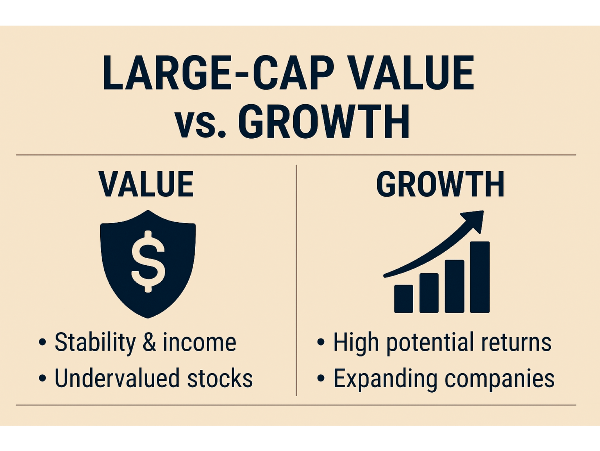

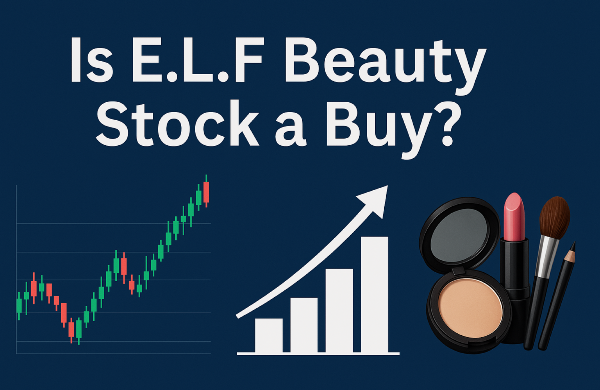
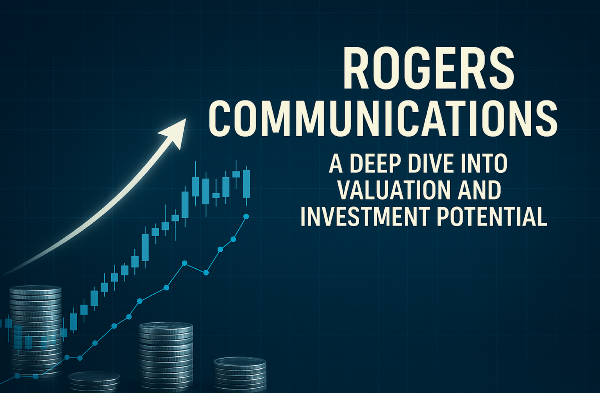
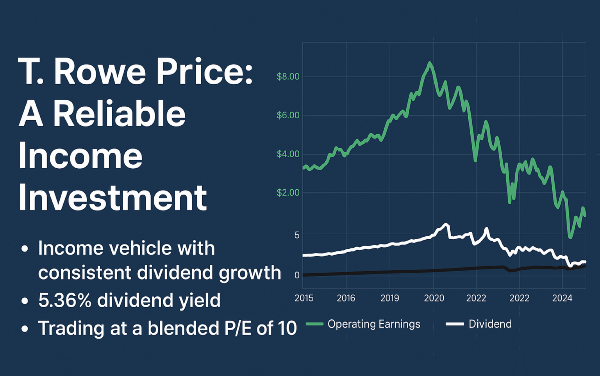
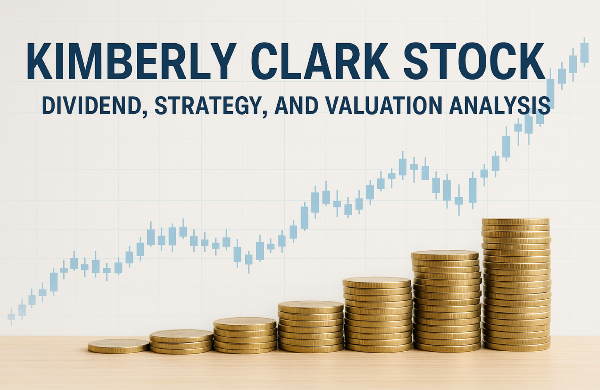

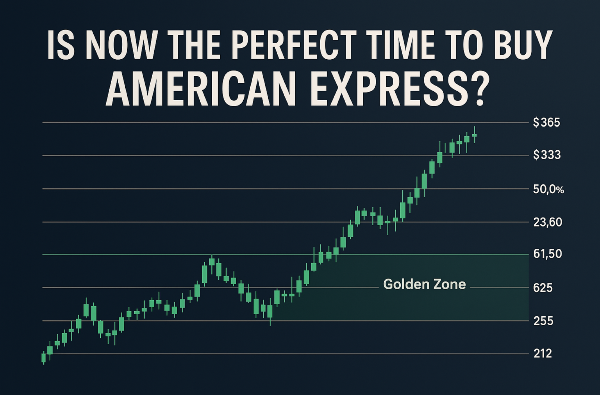

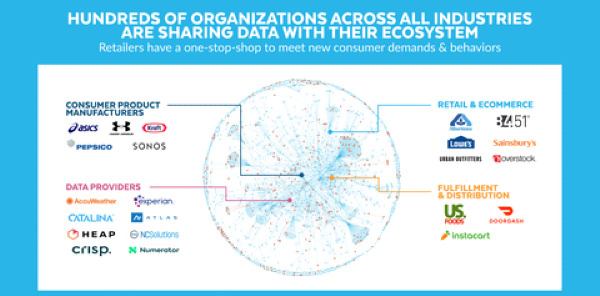
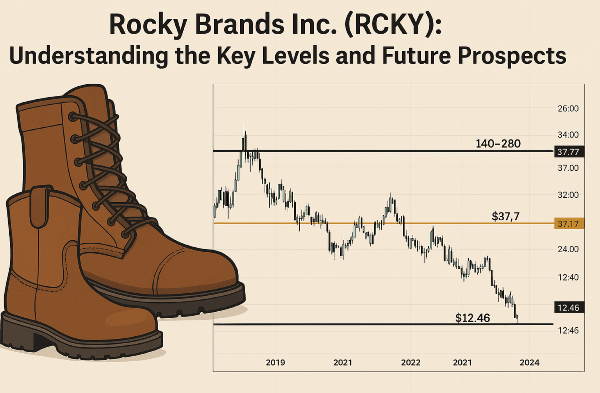


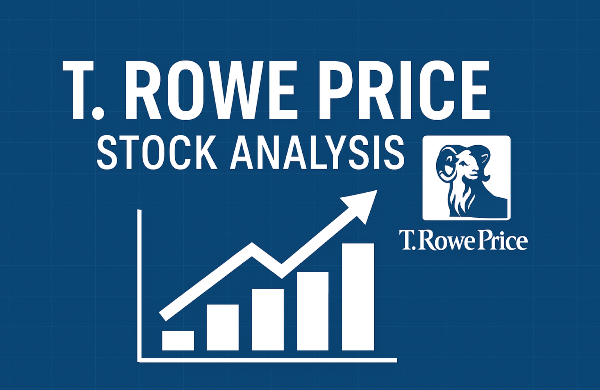
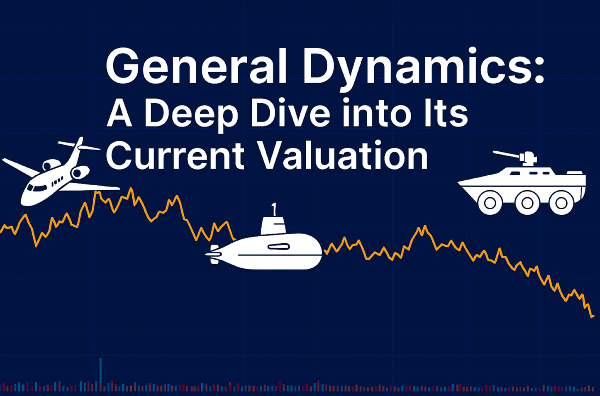

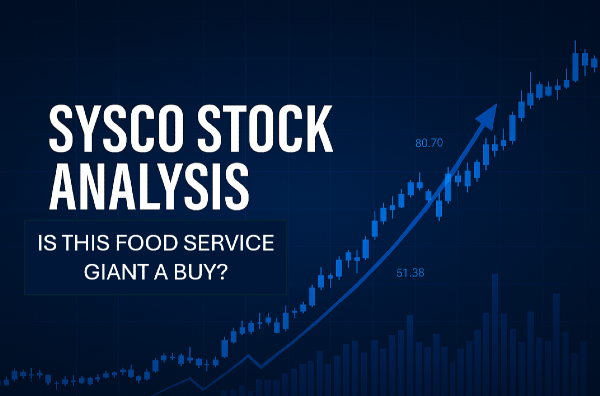
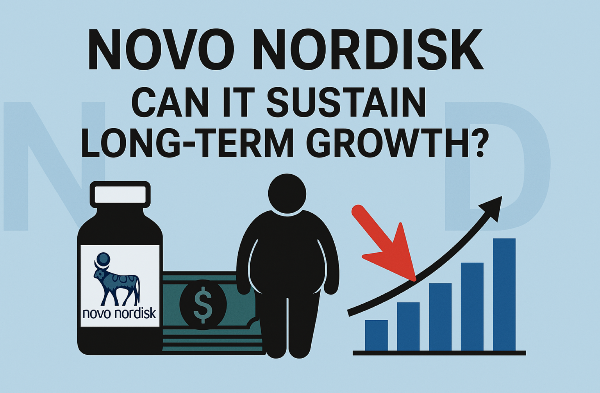
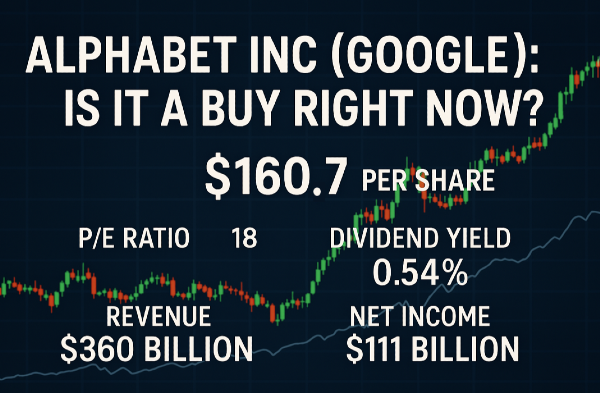


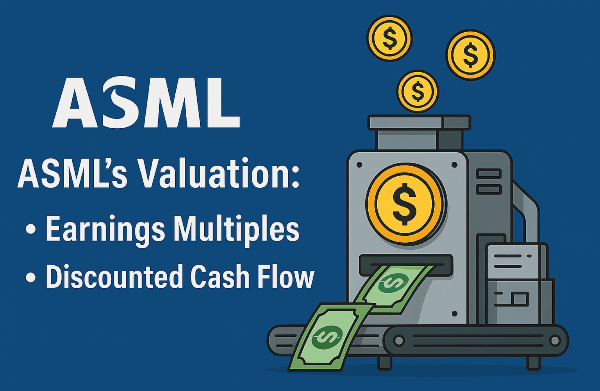








Understanding the Distinction Between Large-Cap Value and Growth Stocks
Introduction
Large-Cap Value vs. Growth: Key Differences and Investment Strategies
Large-cap stocks represent well-established companies with strong financial fundamentals and market influence. Within this category, value stocks are typically undervalued based on financial metrics, offering stability and dividend income, while growth stocks prioritize reinvestment and expansion, aiming for higher future earnings. Understanding the distinction between value and growth investing is essential for optimizing portfolio strategies, balancing risk, and maximizing returns.
Characteristics of Large-Cap Value Stocks
Large-cap value stocks are known for their financial stability and undervaluation metrics, making them attractive to investors seeking long-term security. These stocks typically belong to well-established companies with strong balance sheets and consistent earnings. They are often undervalued based on fundamental analysis, trading at lower price-to-earnings (P/E) and price-to-book (P/B) ratios compared to growth stocks. Companies such as Johnson & Johnson JNJ and Procter & Gamble PG exemplify this category, maintaining steady financial performance while offering potential for price appreciation. Dividend payouts and income generation are key characteristics of large-cap value stocks. These companies prioritize returning capital to shareholders through regular dividend distributions, reinforcing investor confidence. Stocks such as Coca-Cola KO and JPMorgan Chase JPM have historically maintained strong dividend yields, making them attractive for income-focused investors.
Large-cap value stocks exhibit defensive characteristics during market downturns, providing stability when economic conditions fluctuate. Their established market presence and strong financial health enable them to withstand recessions better than smaller companies. Investors often turn to large-cap value stocks as a safeguard against volatility, relying on disciplined stock selection and risk management principles. Companies in sectors such as healthcare, consumer staples, and finance have historically demonstrated strong defensive traits.
Sources:
Investopedia
SmartAsset
SuperMoney
Characteristics of Large-Cap Growth Stocks
Large-cap growth stocks are known for their high earnings potential and reinvestment strategies, making them attractive to investors seeking long-term appreciation. These companies prioritize revenue expansion over immediate profitability, reinvesting earnings into research, development, and market expansion. Businesses such as Nvidia NVDA and Amazon AMZN exemplify this approach, leveraging innovation and technological advancements to sustain growth. Market expansion and innovation-driven growth are key characteristics of large-cap growth stocks. These companies often lead their industries by introducing disruptive technologies, expanding into new markets, and acquiring competitors to strengthen their positions. Firms such as Tesla TSLA and Alphabet GOOGL continuously invest in innovation, driving revenue growth and shareholder value.
Despite their growth potential, large-cap growth stocks come with volatility and risk factors that investors must consider. These stocks tend to experience higher price fluctuations due to market sentiment, economic conditions, and industry disruptions. Companies reliant on aggressive expansion strategies may face challenges during economic downturns, affecting stock valuations. Investors should assess financial health, competitive positioning, and macroeconomic trends before allocating capital to large-cap growth stocks.
Sources:
SmartAsset
MarketBeat
Forbes
Investment Strategies for Value and Growth Stocks
Investors often diversify their portfolios by allocating capital across both categories to optimize returns while managing risk. Value stocks provide stability and income, while growth stocks offer higher appreciation potential. A well-structured portfolio may include companies such as Johnson & Johnson JNJ for value and Amazon AMZN for growth, ensuring exposure to different market dynamics.
Balancing risk and reward in value vs. growth investments requires careful analysis of market conditions and financial metrics. Value stocks tend to perform well during economic downturns, offering defensive characteristics, while growth stocks thrive in expansionary periods. Investors should assess factors such as price-to-earnings (P/E) ratios, dividend yields, and revenue growth rates before making allocation decisions. Companies like JPMorgan Chase JPM and Nvidia NVDA exemplify the contrasting investment approaches, with JPMorgan focusing on financial stability and Nvidia leveraging innovation for growth. Expert insights emphasize the importance of maintaining a balanced portfolio that integrates both value and growth stocks. While growth stocks may offer higher returns, they come with increased volatility, requiring strategic risk management. Value stocks provide steady income and lower price fluctuations, making them ideal for conservative investors.
Sources:
Investopedia
Fidelity Investments
SoFi
Market Trends and Performance Comparison
Historical performance data highlights the cyclical nature of value and growth stocks. Growth stocks have historically outperformed during economic expansions, benefiting from innovation and market optimism. Conversely, value stocks tend to perform better during downturns, offering stability and income generation. The MSCI USA Growth Index and MSCI USA Value Index illustrate these trends, showing periods where growth stocks surged ahead, followed by phases where value stocks regained dominance. Economic conditions play a crucial role in shaping investment preferences between value and growth stocks. Interest rate policies, inflation trends, and consumer sentiment influence investor allocations. When interest rates rise, value stocks often gain favor due to their strong balance sheets and dividend yields. Conversely, lower interest rates and economic optimism drive growth stock performance, as companies reinvest earnings into expansion.
Technology and consumer discretionary sectors typically dominate growth investing, while financials and consumer staples are more aligned with value strategies. Institutional investors often rotate between these categories based on economic cycles, favoring growth stocks during bullish markets and shifting to value stocks in uncertain times. Companies such as Apple AAPL and Nvidia NVDA exemplify growth investing, while JPMorgan Chase JPM and Procter & Gamble PG represent value-oriented investments.
Sources:
Longtermtrends
YCharts
Liberated Stock Trader
Future Outlook and Predictions
Value and growth stocks are expected to follow distinct trajectories based on market conditions and investor sentiment. Analysts anticipate that value stocks may gain traction as economic uncertainty persists, with investors seeking stability and dividend income. Conversely, growth stocks could continue to outperform in sectors driven by innovation, such as technology and artificial intelligence. Emerging market forces are shaping investment strategies, influencing the performance of value and growth stocks. Technological advancements, regulatory shifts, and evolving consumer preferences are driving changes in market dynamics.
Companies focused on AI, fintech, and sustainable energy are disrupting traditional industries, creating new opportunities for growth investors. Economic indicators play a crucial role in determining the future of large-cap investing. Interest rate policies, inflation trends, and global trade agreements impact stock valuations and investor allocations. The Federal Reserve’s monetary decisions will influence borrowing costs, affecting corporate profitability and stock performance.
Sources:
Growth Stocks vs. Value Stocks: Which Strategy Wins in 2025?
Value vs. Growth: Why 2025 Might See a Shift in Investment Favor
Value or Growth Stocks: Which Is Better?
Conclusion
Large-cap value and growth stocks each offer distinct advantages, catering to different investment strategies and risk appetites. Value stocks provide stability, dividend income, and defensive characteristics, while growth stocks focus on innovation, market expansion, and higher earnings potential. Investors must assess economic conditions, sector trends, and financial metrics to optimize portfolio allocations. A balanced approach incorporating both styles can enhance long-term returns while mitigating risk.
Expert Analysis
Investors often debate between large-cap value and growth stocks, but the choice depends on financial goals and risk tolerance. Value stocks provide stability and income, making them ideal for conservative investors. Growth stocks offer higher returns but come with increased volatility. A balanced portfolio incorporating both strategies can optimize long-term gains while mitigating risk exposure.
📌Read More About:
Top Large Cap Stocks- https://stockbossup.com/pages/topics/large-cap
What Are Large US Cap Stocks?- https://stockbossup.com/pages/post/39045/understanding-large-us-cap-stocks-and-their-market-influence
What is a Large Cap Value Strategy?- https://stockbossup.com/pages/post/39125/understanding-large-cap-value-strategy-investment-principles-and-market-insights
What is the Difference Between Large Cap Value and Growth?- https://stockbossup.com/pages/post/38631/what-is-the-difference-between-large-cap-value-and-growth